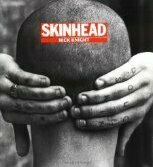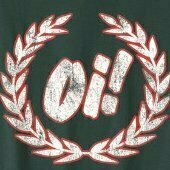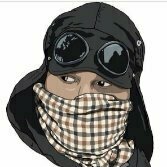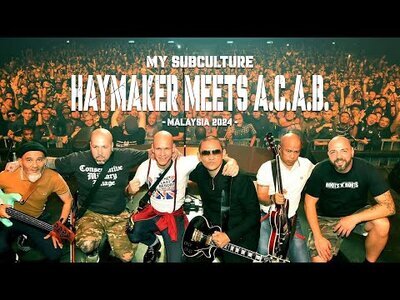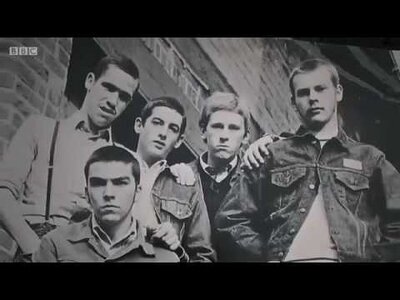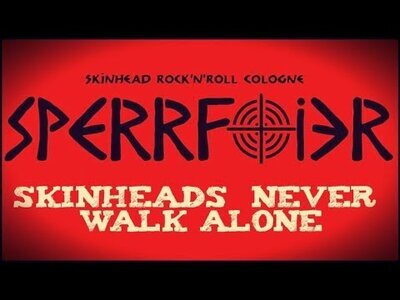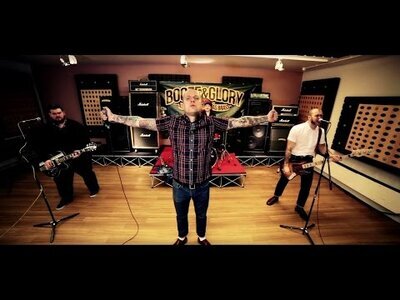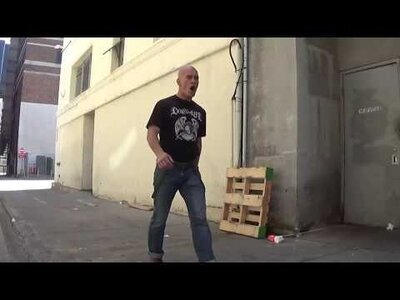-
Welcome To Skinhead.Com.My
Hey there! Welcome to Skinhead.com.my, register now and get access to all of our website contents, by registering you are eligible to post, have your own profile, customize your profile and much more! it's FREE for life! Please check your verification mail in your junk/spam box if you not see it in your inbox.
-
-
-
-
Members
Joined -
-
Members
Joined -
-
Members
Joined -
-
Members
Joined -
-
Members
Joined -
-
Members
Joined -
-
Members
Joined -
-
Members
Joined -
-
Members
Joined -
-
Members
Joined
-
-
Root Administrator
167 posts -
-
Administrators
43 posts -
-
Members
40 posts -
-
Members
32 posts -
-
Moderators
24 posts -
-
Members
11 posts -
-
Members
4 posts -
-
Members
3 posts -
-
Members
1 post -
-
Members
1 post
-
-
Root Administrator
42 Points -
-
Moderators
21 Points -
-
Members
14 Points -
-
Administrators
13 Points -
-
Members
13 Points -
-
Members
11 Points -
-
Members
8 Points -
-
Global Moderators
2 Points -
-
Members
2 Points -
-
Members
1 Points
-
-
Global Statistics
-
Who's Online 0 Members, 0 Anonymous, 2 Guests (See full list)
- There are no registered users currently online
.png.19eb16b991c78e03b20d7e99f96f36cc.png)

